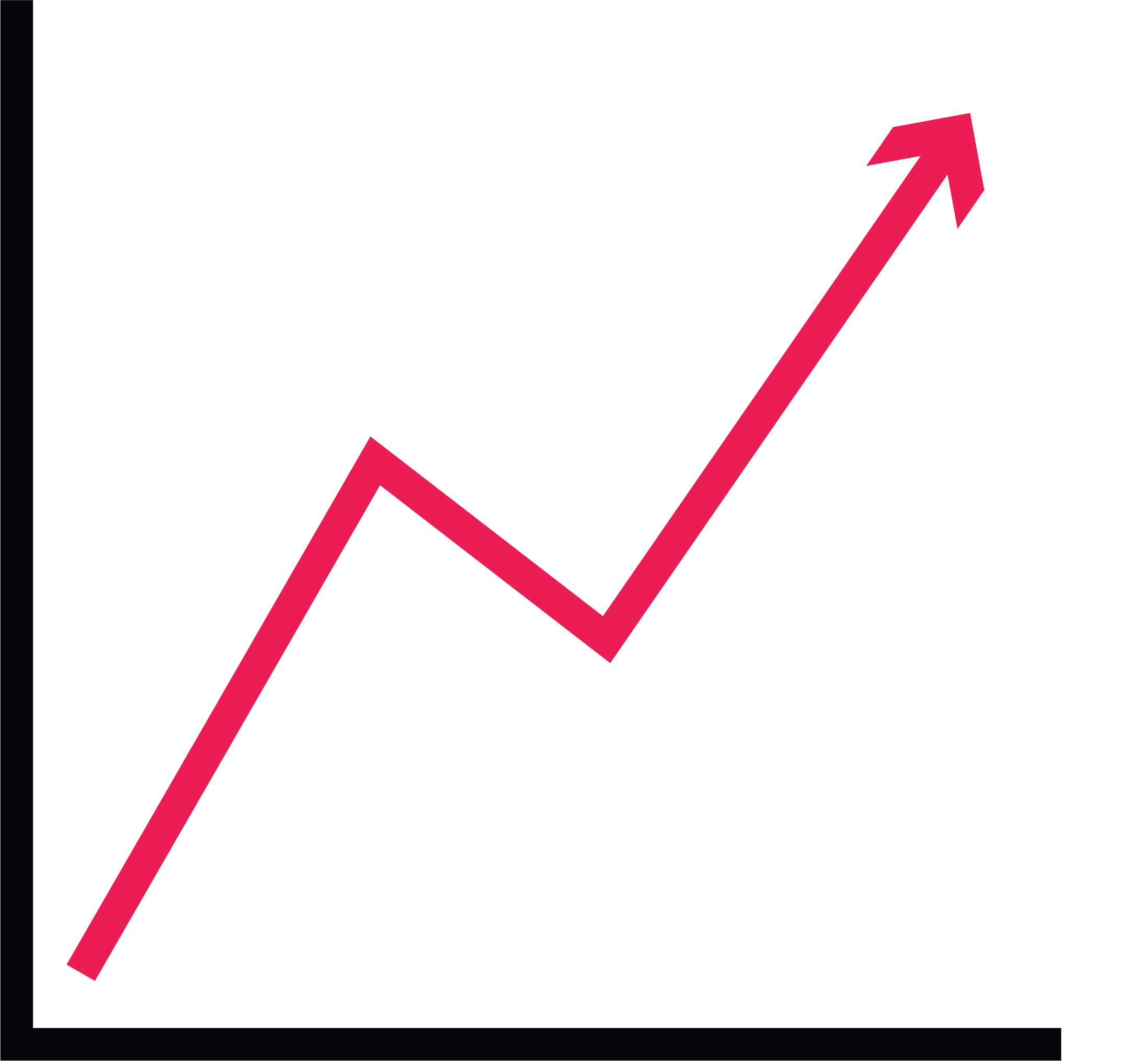Are you ready for SAFe? 5 questions to help you decide today!
If you have been working with Scrum or Kanban, or any other Agile approach, I am willing to bet that you have at least heard about SAFe® (Scaled Agile Framework). There are different opinions about whether SAFe is truly an “Agile framework”. However, one fact remains true and indisputable: SAFe is the most popular scaling model in use today around the world. And that’s by a large margin. According to the 15th Annual State of Agile Report, SAFe is used by 37% of organizations for scaling Agile, with Scrum at Scale taking 2nd place at a mind-boggling 9%.
So what does this mean? Does this mean that your organization must pursue SAFe immediately? In my experience, rushing to adopt a scaling method prematurely can result in costly failures that could significantly stunt any future attempts to expand the use of Agile techniques.
This is the purpose of this article – to help people who may be stuck trying to decide what to do. Let’s take a look at a few important factors when it comes to adopting SAFe and determining whether your team is ready to accept this challenge.
Ask yourself these questions to determine whether a SAFe transformation is right for you
1. Has your organization (or team) achieved measurable success with an Agile approach?

2. Does your project team consist of at least 50 team members?
SAFe is designed to function within the construct of ARTs (Agile Release Trains), which should include 50 to 125 people. If your project team is smaller than 50 people, it does not mean that you cannot benefit from SAFe; it simply means that you may see fewer benefits and lower ROI (Return On Investment) from the added process elements that comes with SAFe, such as Program Increment Planning and Scrum of Scrums.
3. Does your management expect to see results in less than 6 months?
Many large companies have successfully deployed SAFe. Generally speaking, SAFe requires at least one or two Program Increments for an organization to see tangible results. So this means that it may require at least 6 months for things to start coming together. If your leadership team cannot wait this long to see positive gains, SAFe may not be right for you.
4. Do you have skilled Agile practitioners already?
SAFe requires seasoned and skilled Agilists to succeed, which means you must have experienced Scrum Masters, Product Owners, and Product Managers at minimum in order to produce positive results. If you are currently operating with team members who are still learning these roles, it will reduce your chances of successfully implementing SAFe. One possible solution is to hire contractors to jumpstart your initiative, which could be costly but provide a quicker ramp-up.
5. Does your organization have budget/funding to support SAFe?

In summary, SAFe is a proven, effective method for scaling Agile for many organizations. However, it assumes many things that may not be so apparent: adequate experience in Agile, ample training budget, management that has patience, etc. If you are still unsure if SAFe is right for your company, it may be worthwhile to conduct a discovery call with a reputable consultant who can help guide you through this process. Be sure to clearly define your desired business objectives prior to this call so that you can make an informed decision!



